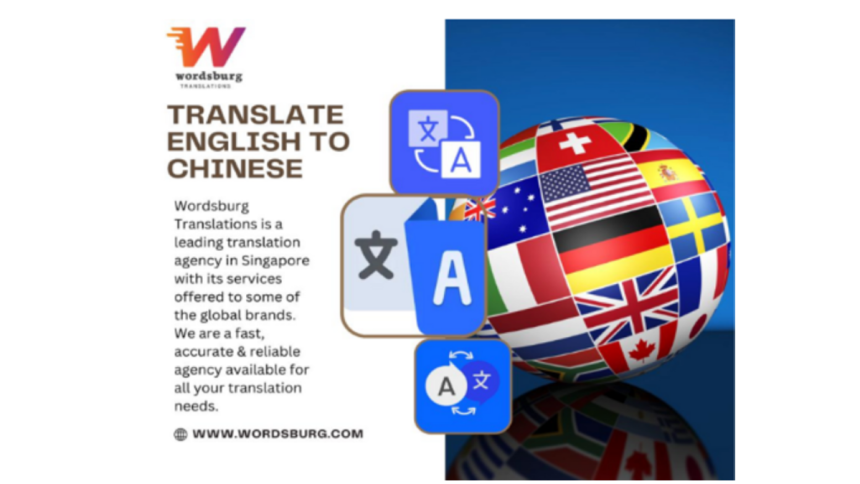Good cross-language communication is not only convenient, but essential in today’s globalized society. Because of these two languages’ significant economic and global influence, Translate English To Chinese stands out among the many other significant language pairs. In addition to making practical communication easier, translation is an essential part of intellectual discourse, economic connections, cultural exchanges, and much more.
Importance of English to Chinese Translation
International Trade and Business: The two most widely used languages in international trade are English and Chinese. Accurate translation of contracts, agreements, and business papers between various languages promotes compliance and clarity, easing commercial dealings and collaborations.
Cultural Exchange
translated between English and Chinese are common in literature, movies, academic publications, and other cultural products, facilitating understanding and enjoyment of different cultures. This interchange enhances international cultural discourse and encourages variety.
Education and Research
Chinese and English are essential for research and teaching. Translating scholarly articles, textbooks, and research findings enables students and academics from various linguistic backgrounds to access and add to the body of knowledge worldwide.
Tourism and Hospitality
For travelers to China or other English-speaking nations, translation services are indispensable since they facilitate efficient conversation and allow for a deeper cultural immersion.
Challenges in Translation
Linguistic Disparities: Indo-European and Sino-Tibetan are the language families to which English and Chinese belong, respectively. Due to these language variances, there are structural, grammatical, and lexical variations that must be carefully handled during translation to guarantee accuracy and fluidity.
Cultural Nuances
Every language has its own idioms, historical allusions, and cultural implications that might not be directly translated into another language. Translators need to be skilled at navigating these subtleties in order to effectively express the intended meaning and context.
Technical and Specialized Content
Translating technical, legal, medical, or scientific content requires competence in both languages and familiarity with specialist terminology. To guarantee the dependability and correctness of translated content, precision is essential.
Contextual Understanding
An important factor in translating is context. A word or phrase’s meaning can change dramatically based on its cultural, historical, or situational context. To translate something accurately and meaningfully, translators need to understand the larger context.
Strategies for Effective Translation
Transliteration vs. Translation
Translators may opt for translation semantic conversion or transliteration phonetic conversion, depending on the content and circumstances. While translation concentrates on precisely expressing the meaning, transliteration maintains the original sound and cultural identity.
Utilization of Translation Tools
Instantaneous translations and increased productivity are two ways that translation software and applications help translators. Although these systems are useful for simple translations, addressing nuanced nuances and maintaining cultural sensitivity require human control.
Cultural Sensitivity
To produce translations that are culturally appropriate, one must have a thorough understanding of cultural norms, beliefs, and sensitivities. Translation professionals are able to politely and successfully communicate across cultural divides when they possess a nuanced understanding.
Collaboration and Review
Translations are more accurate and of higher quality when peer review and cooperation between translators and subject matter experts are involved. Multiple viewpoints and feedback help reduce errors and guarantee that the finished output satisfies strict requirements for linguistic and cultural authenticity.
Conclusion
Beyond simple language conversion, translating from English to Chinese and vice versa is a sophisticated and multidimensional process. It serves as a bridge linking people, cultures, and ideas across geographical and linguistic boundaries. Translators play a crucial role in promoting global harmony and cooperation by facilitating effective communication and mutual understanding. As technology continues to grow and globalization progresses, the job of translation in our interconnected world becomes increasingly vital. Translation will continue to be a potent tool for fostering intercultural communication and creating a more diverse global community if it embraces innovation while maintaining linguistic correctness, cultural sensitivity, and ethical standards.
Lynn Martelli is an editor at Readability. She received her MFA in Creative Writing from Antioch University and has worked as an editor for over 10 years. Lynn has edited a wide variety of books, including fiction, non-fiction, memoirs, and more. In her free time, Lynn enjoys reading, writing, and spending time with her family and friends.















